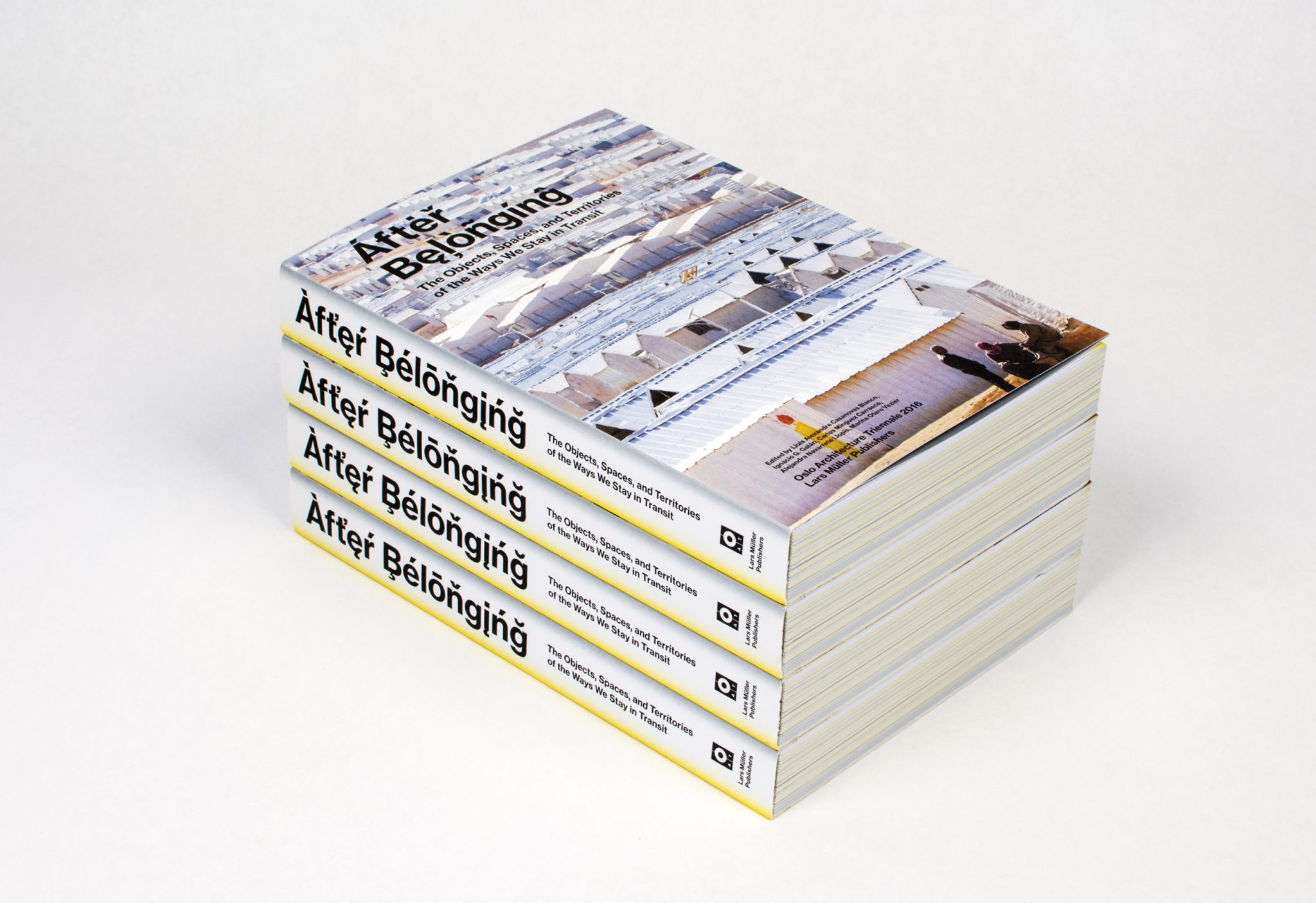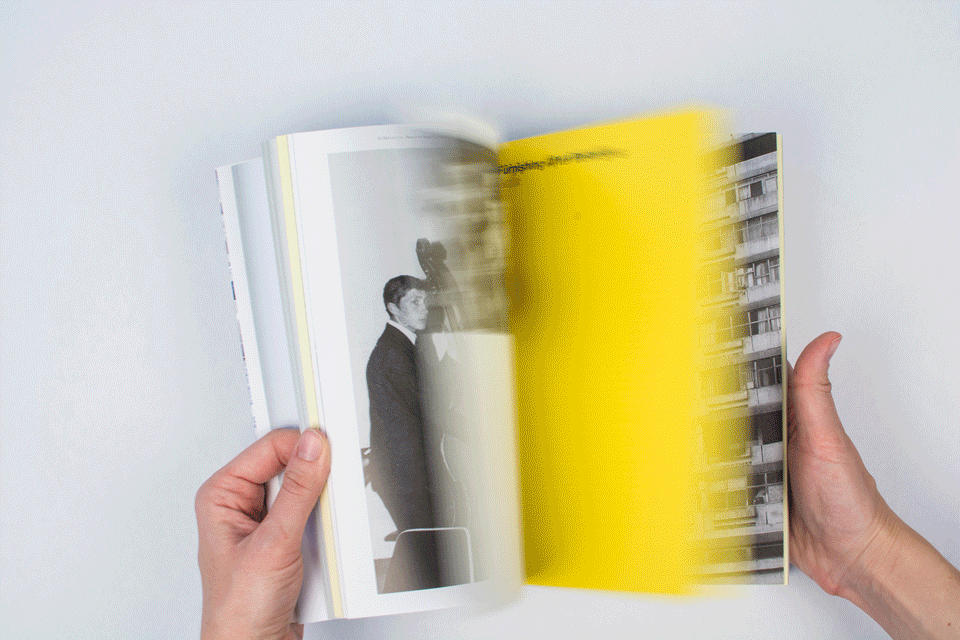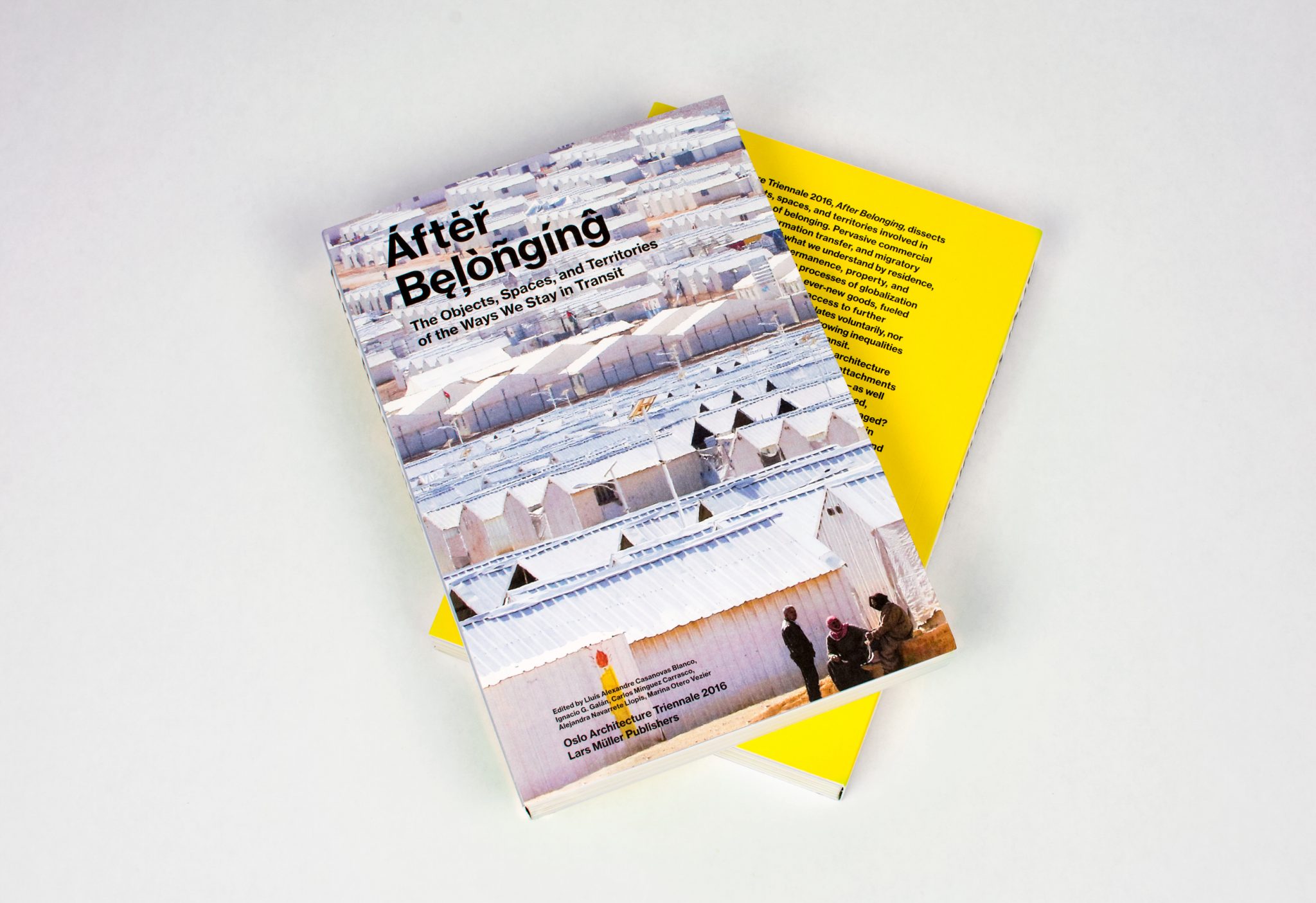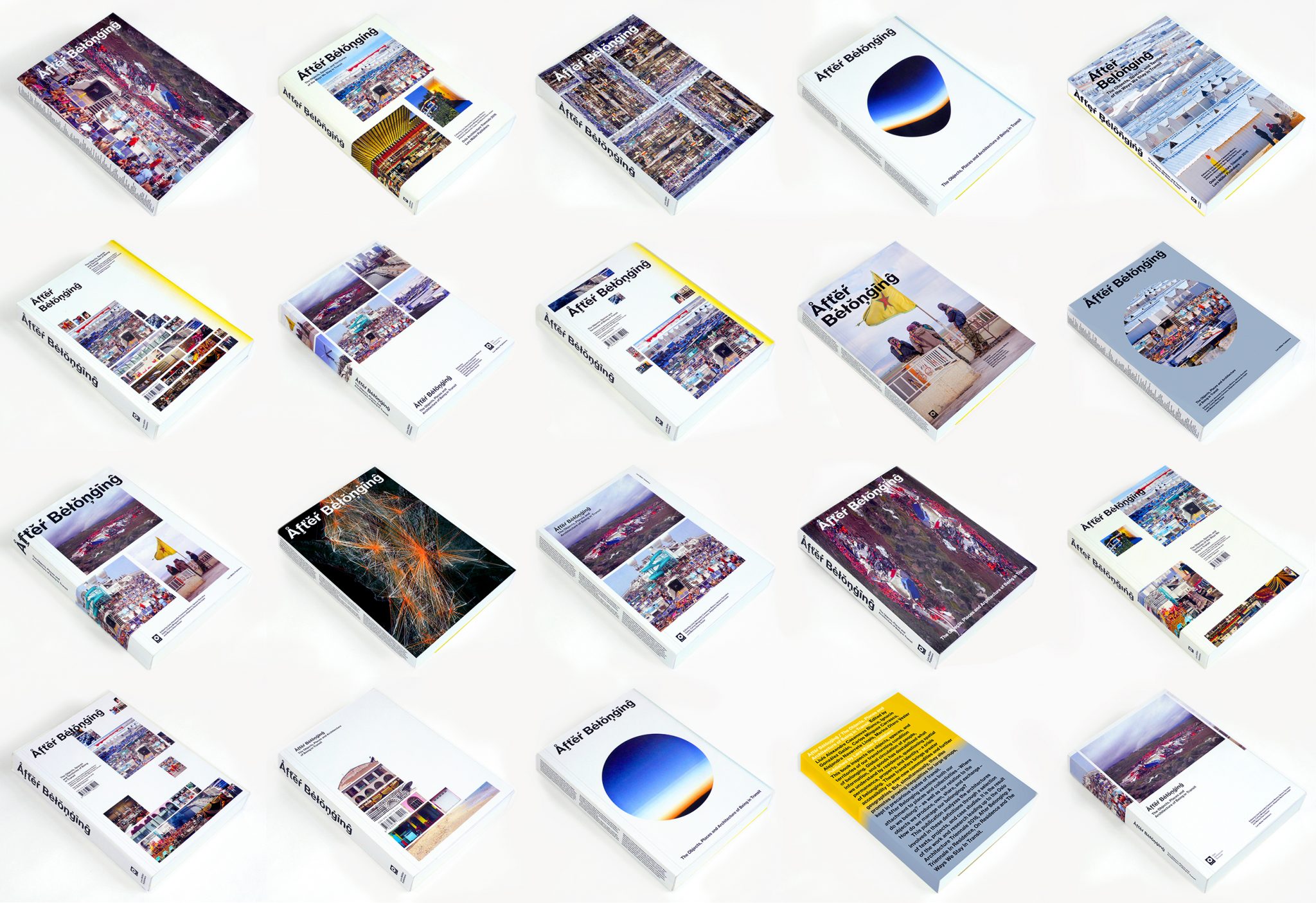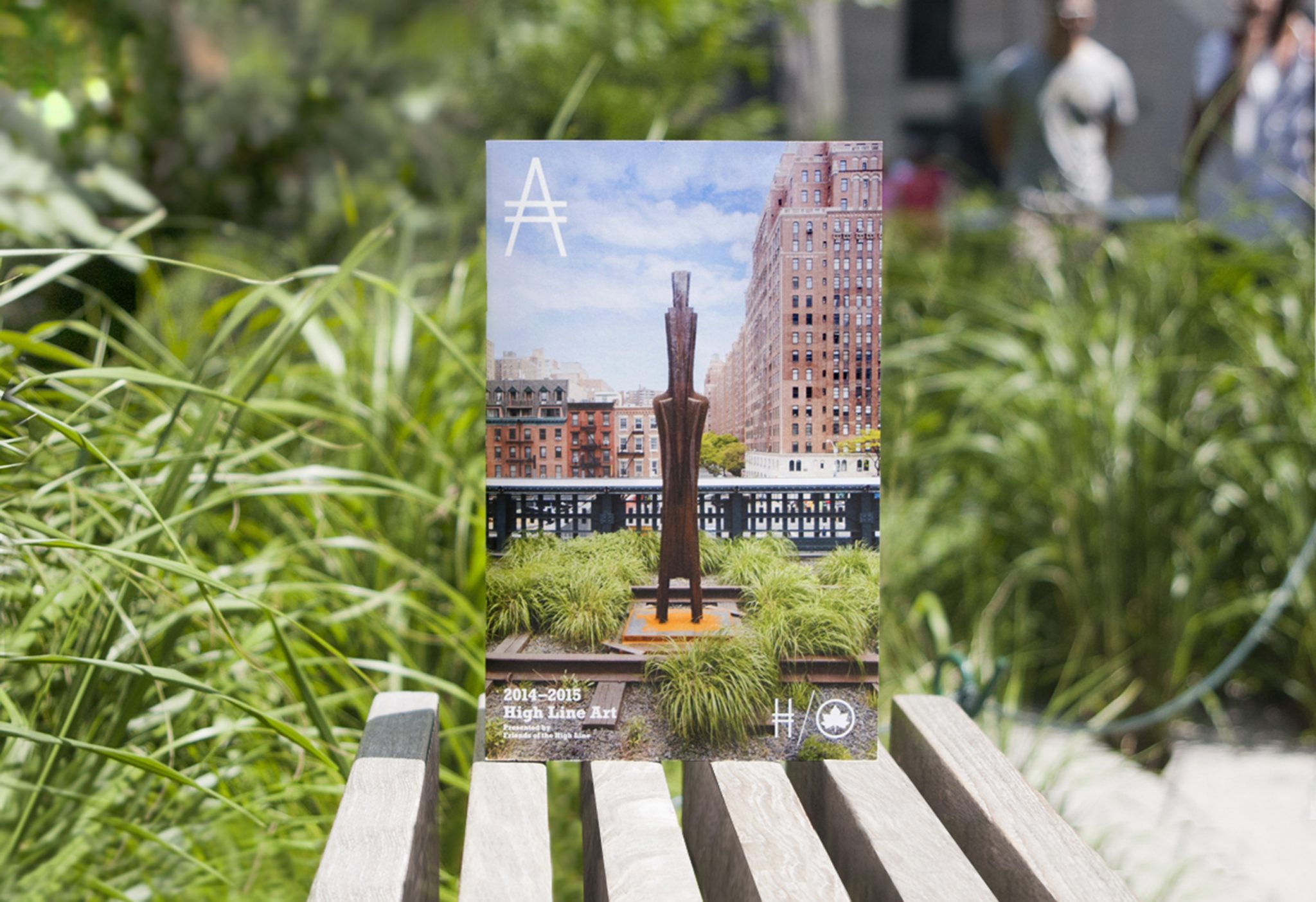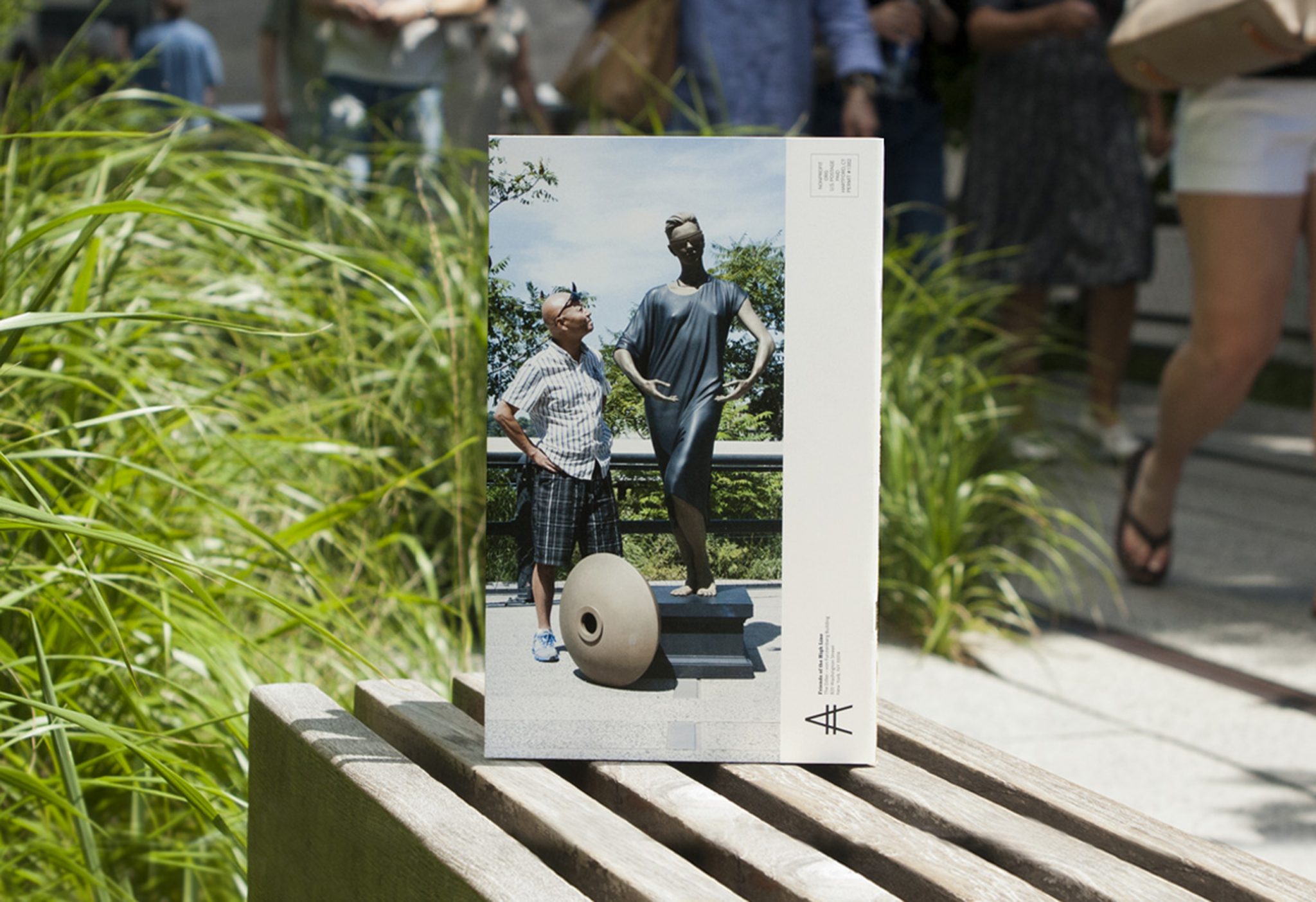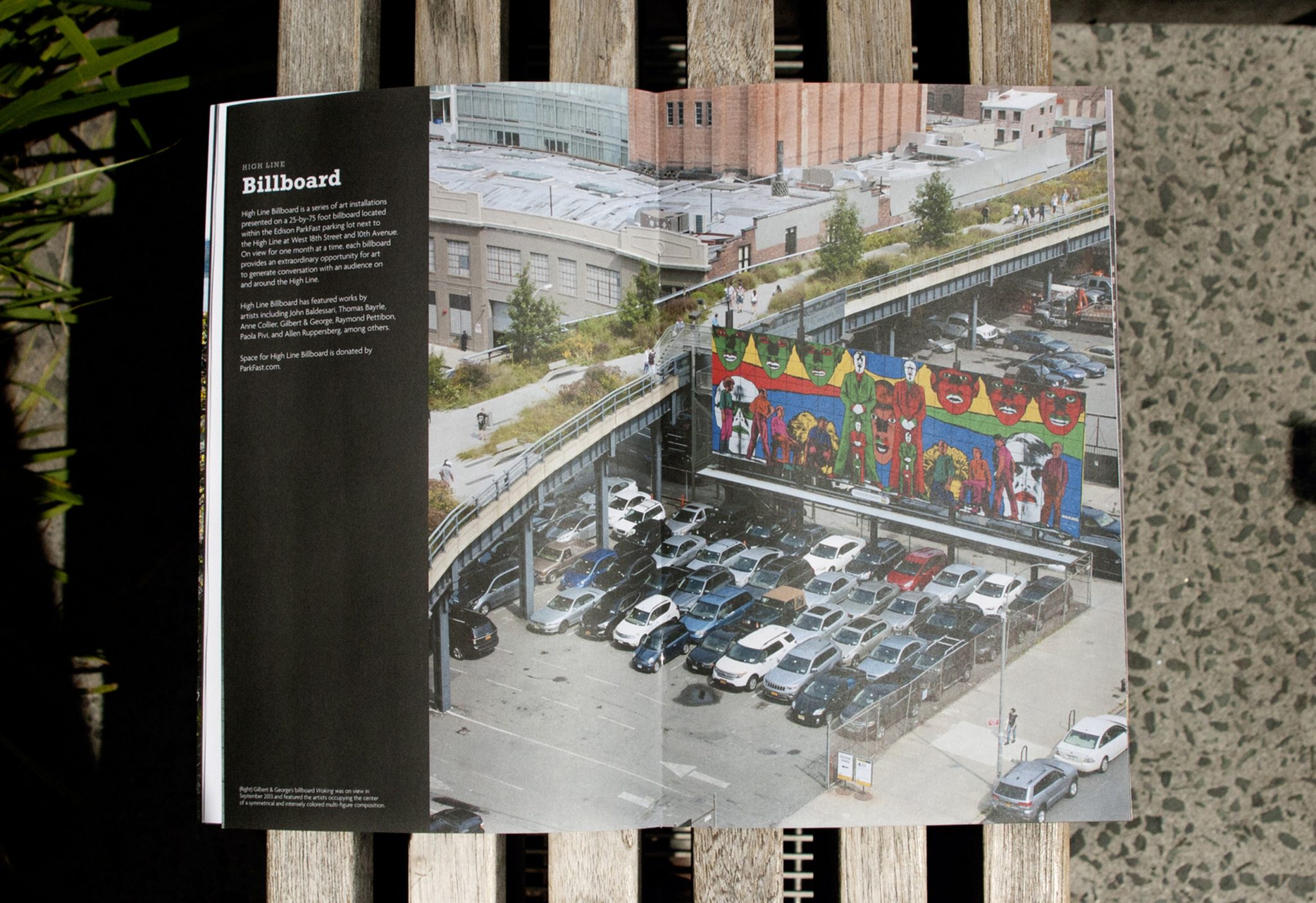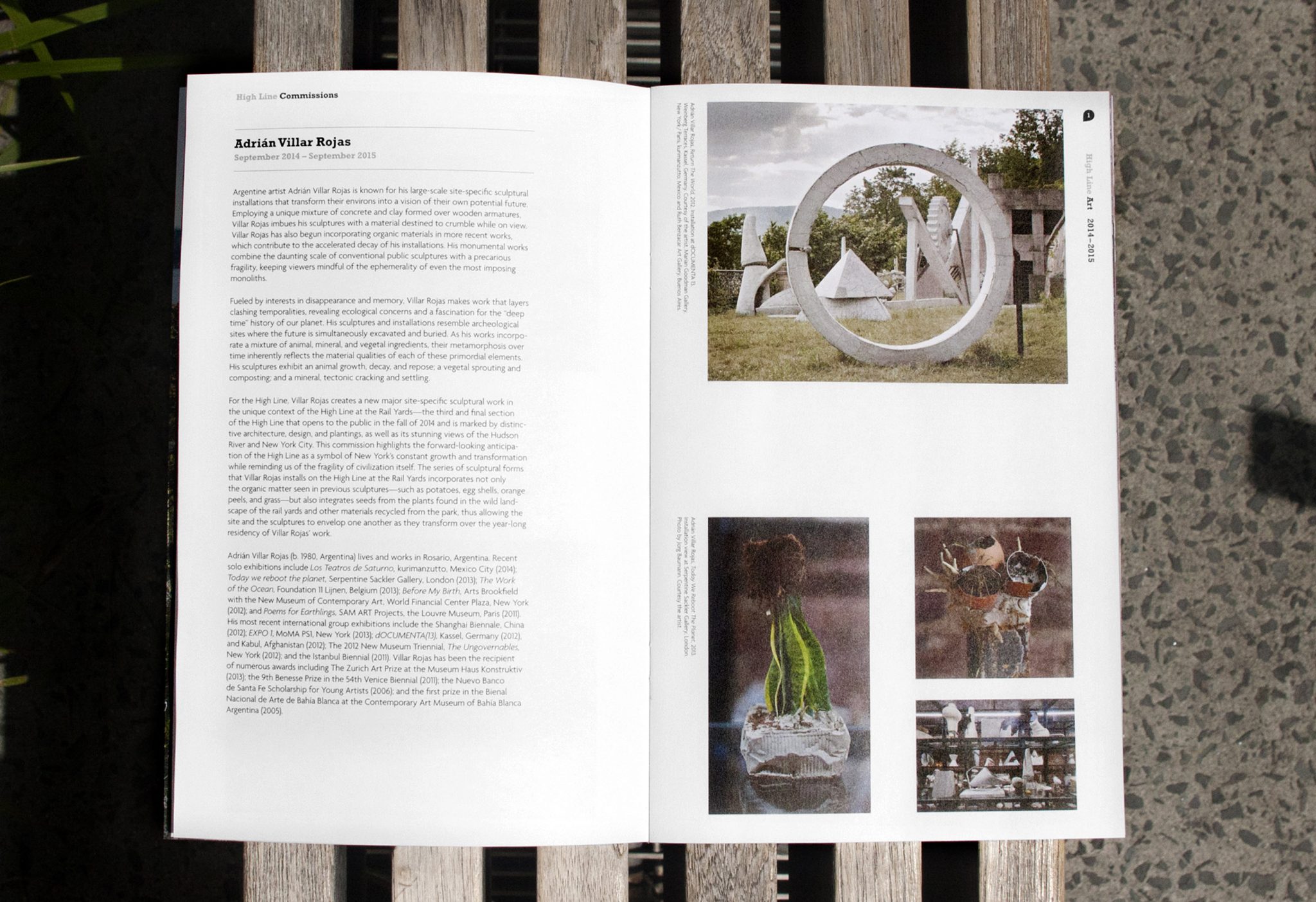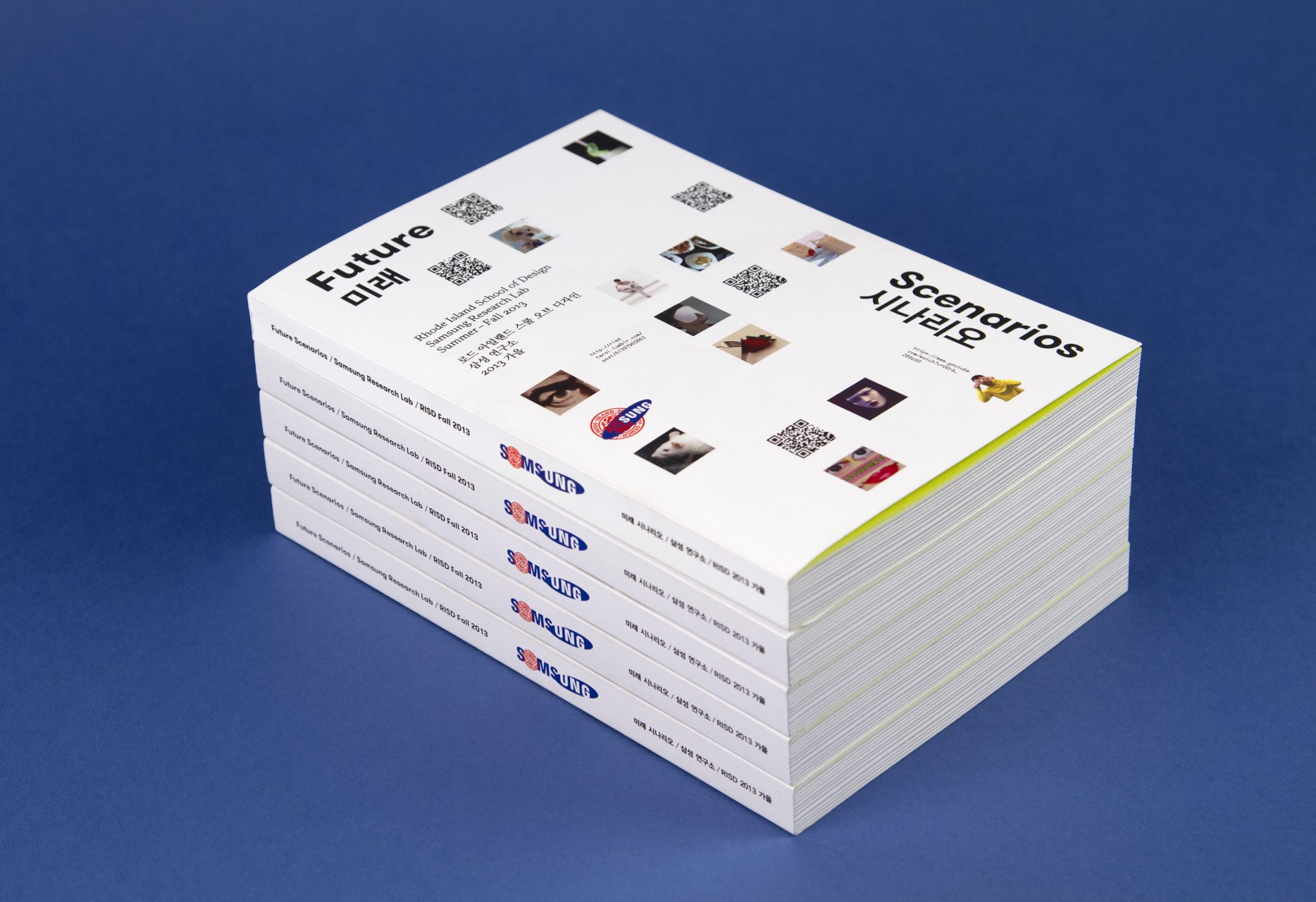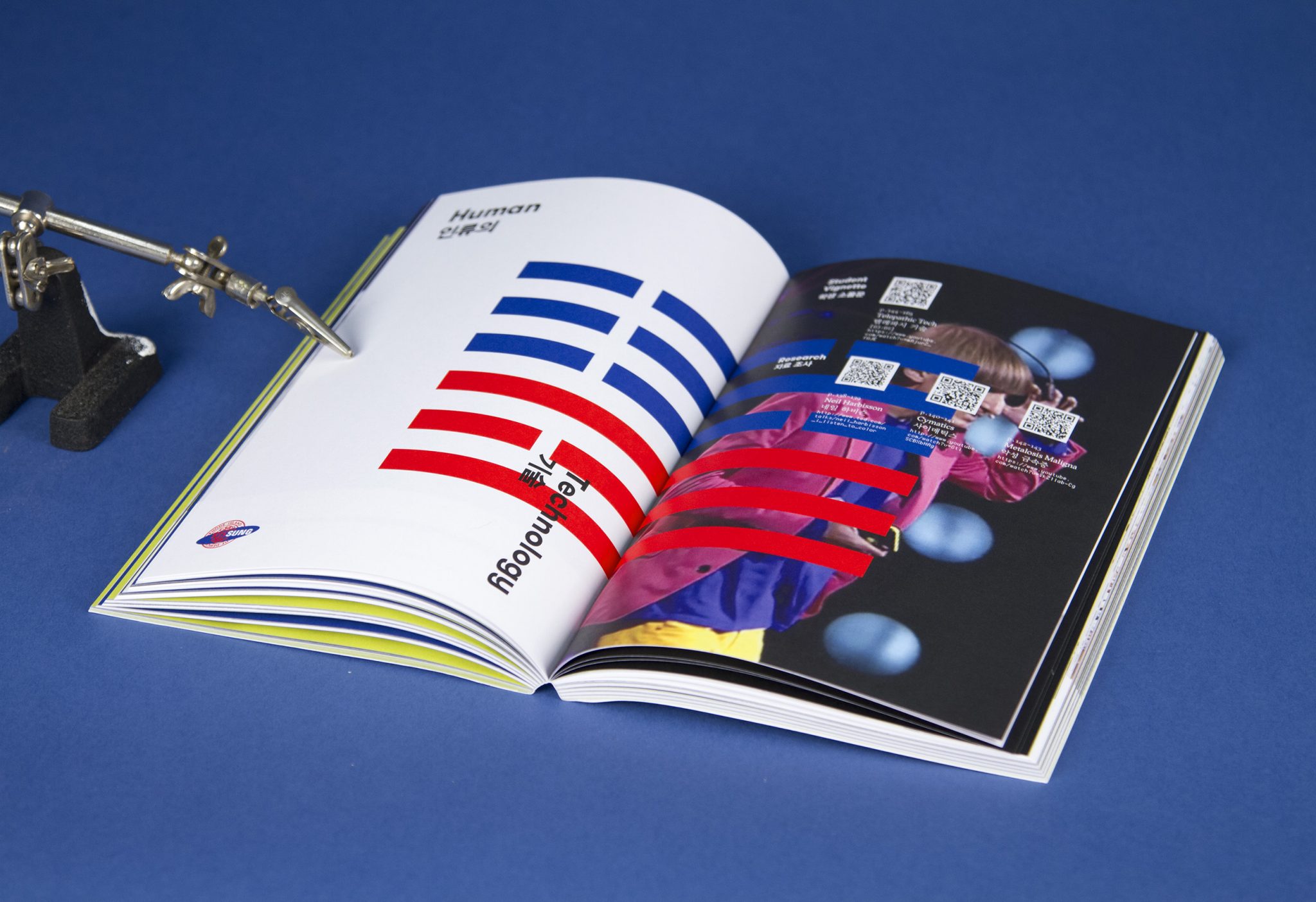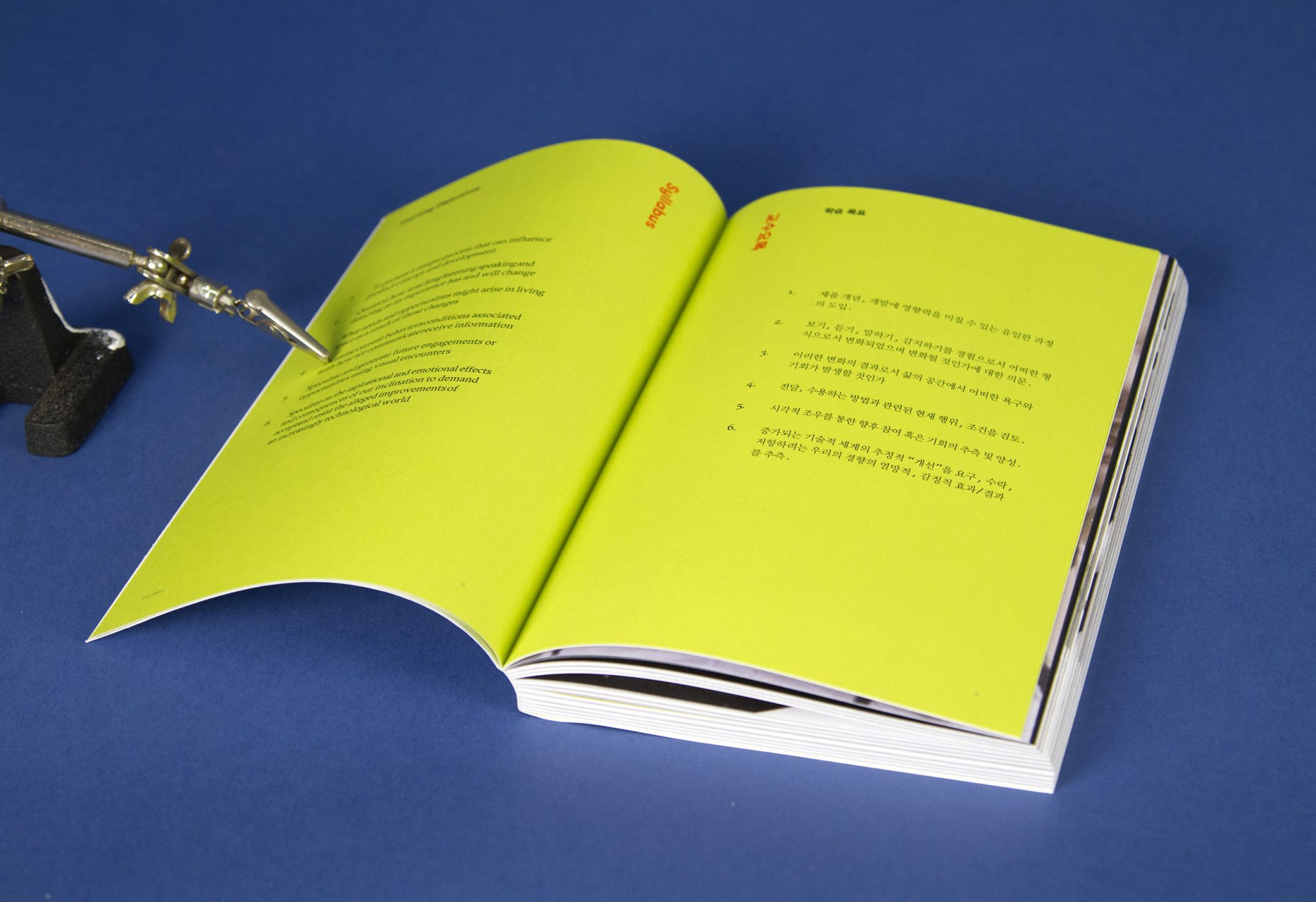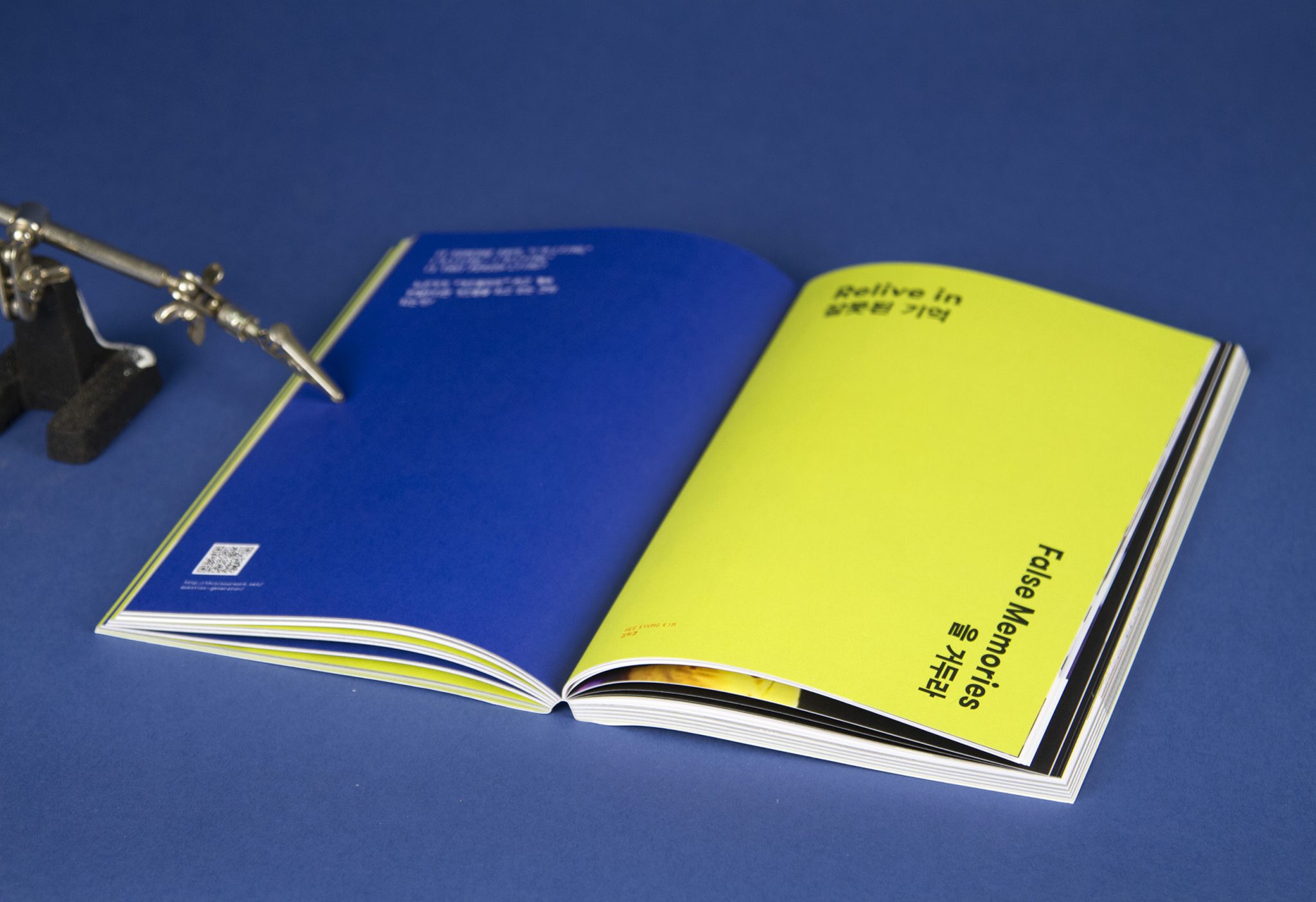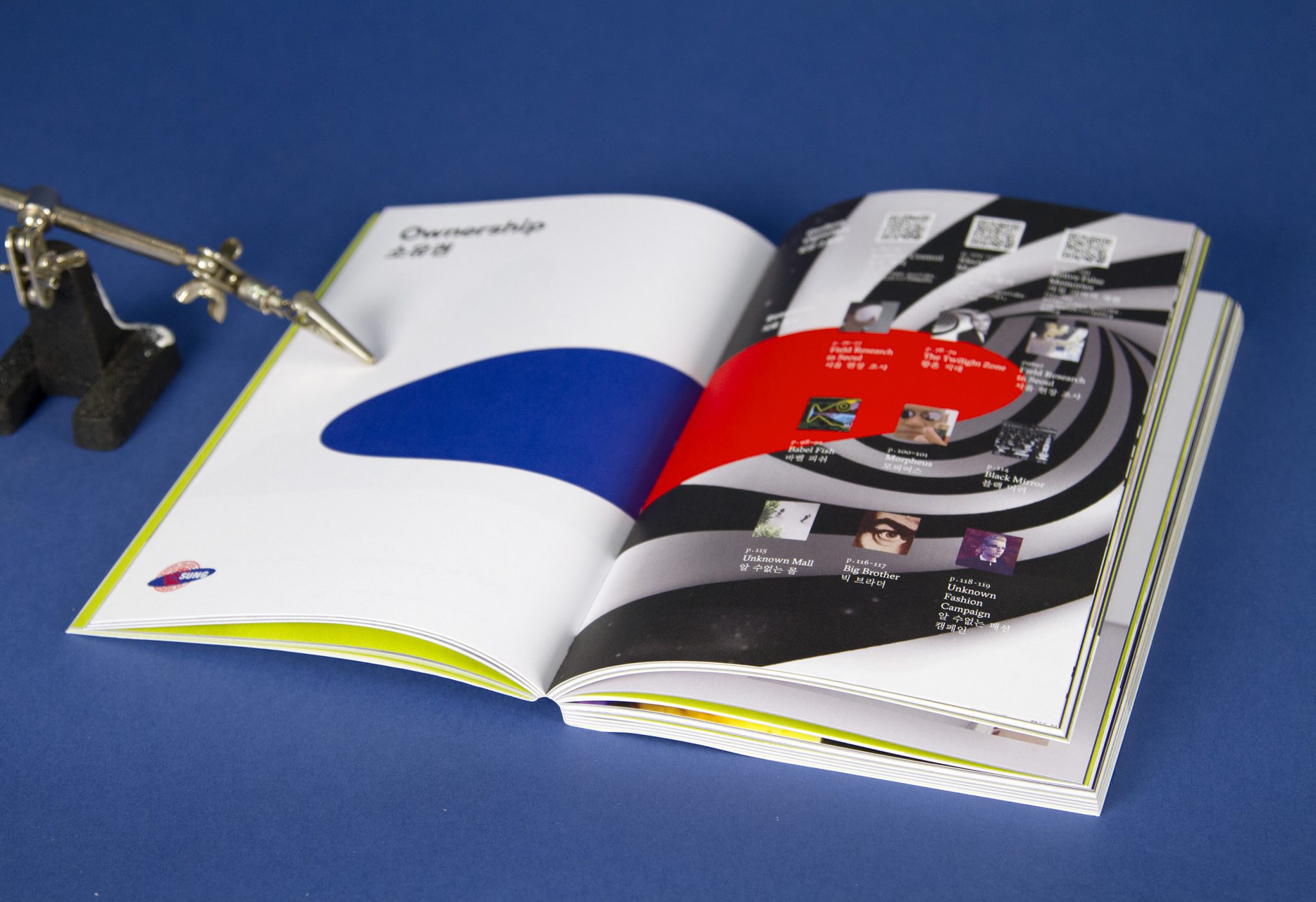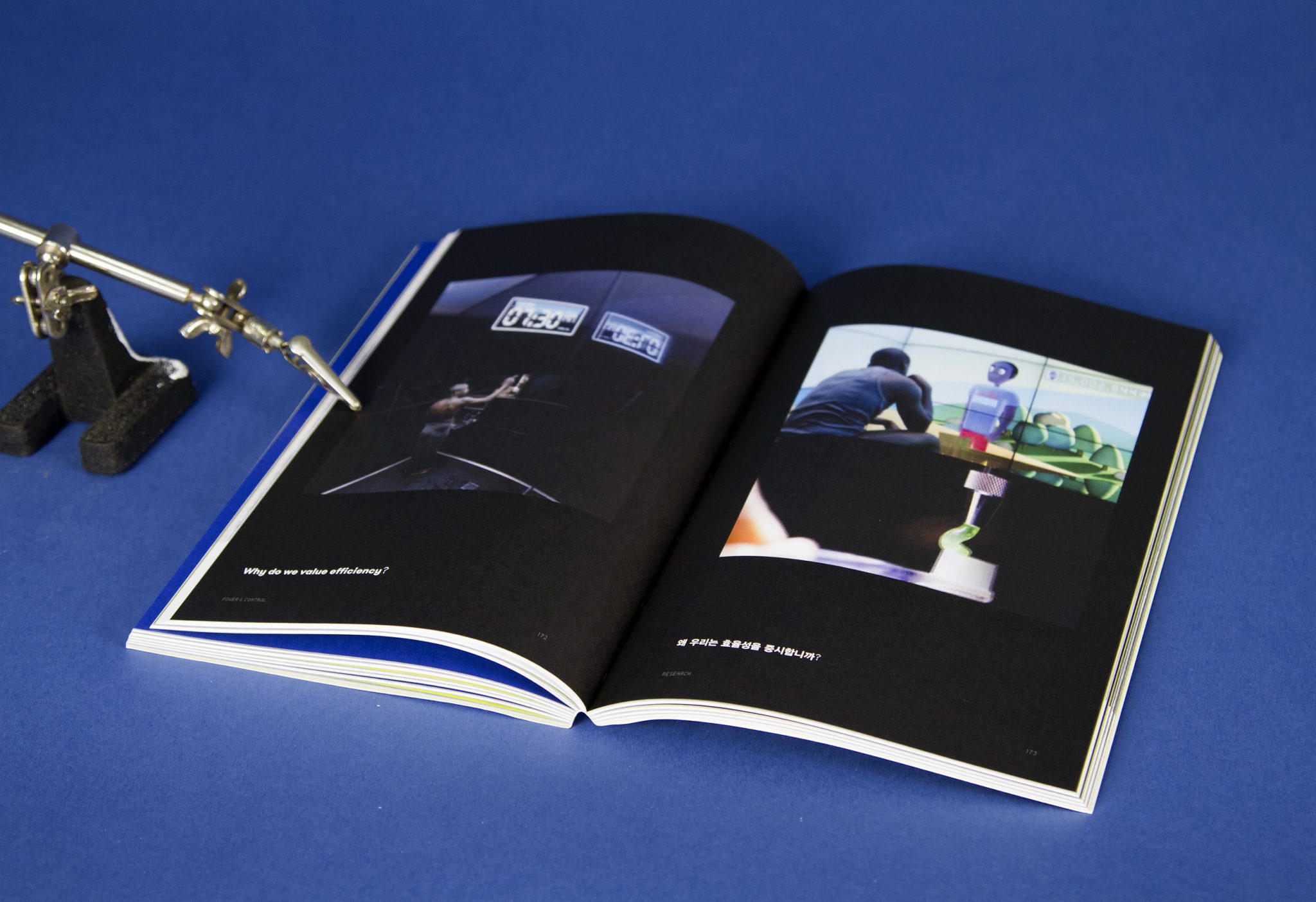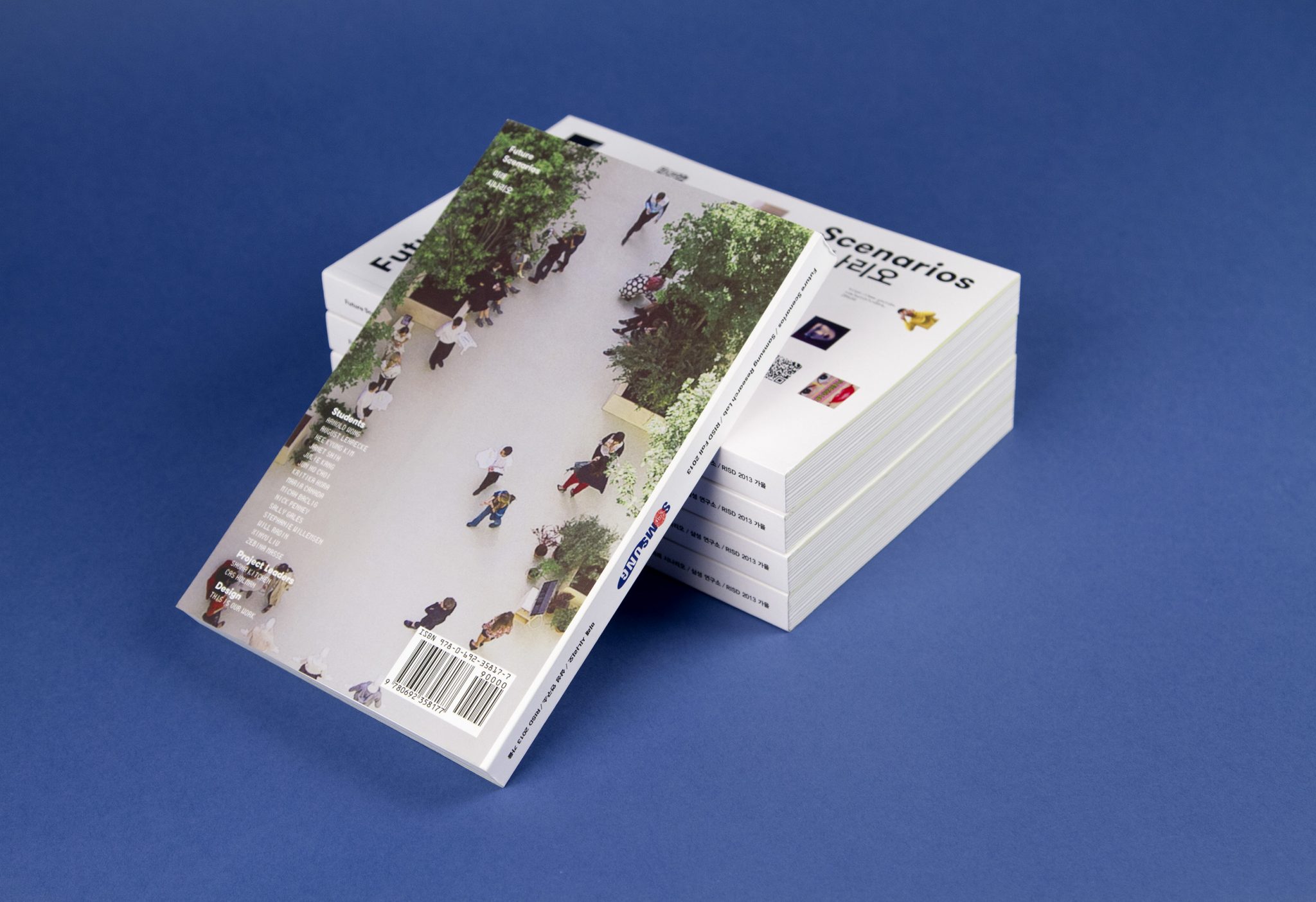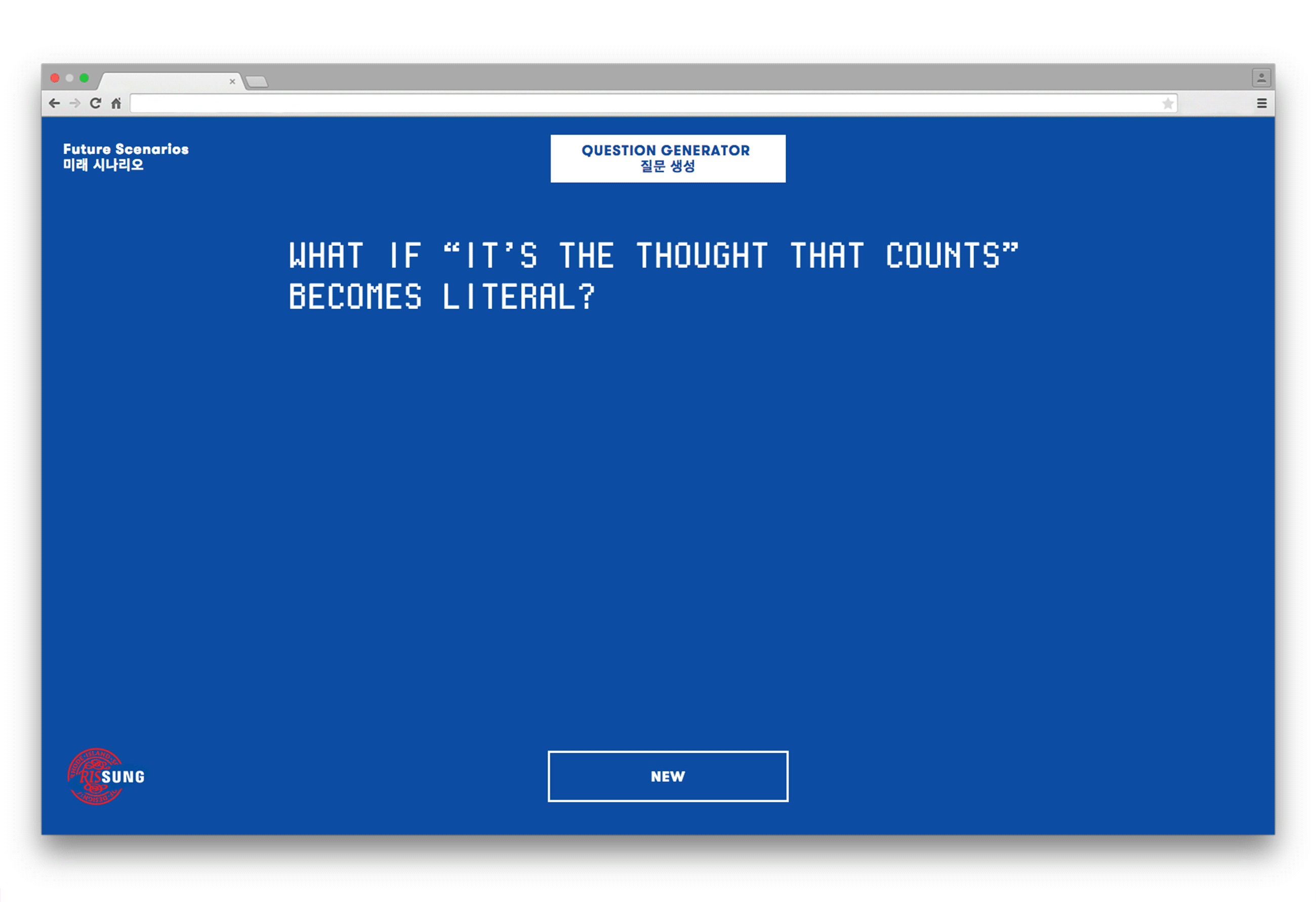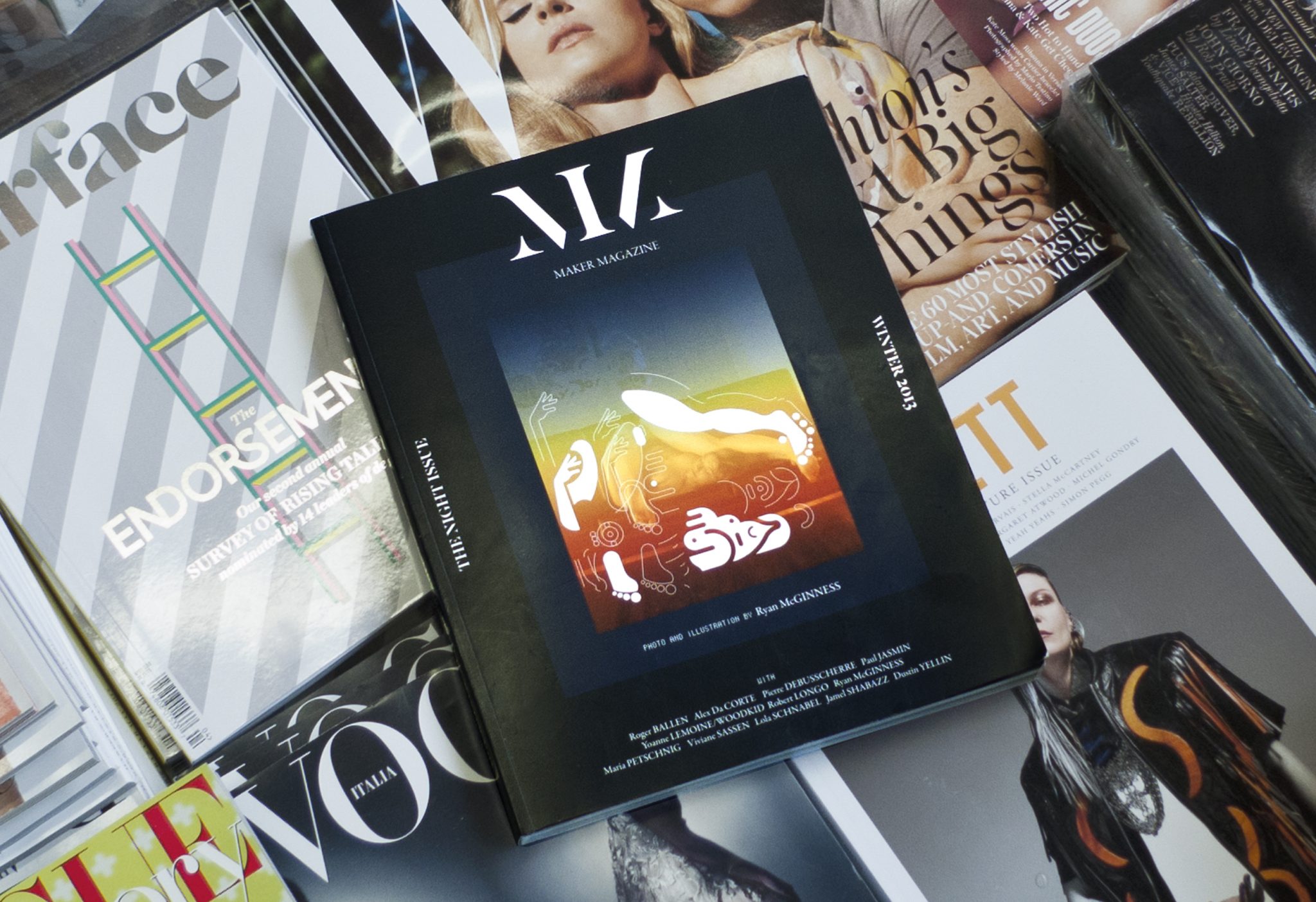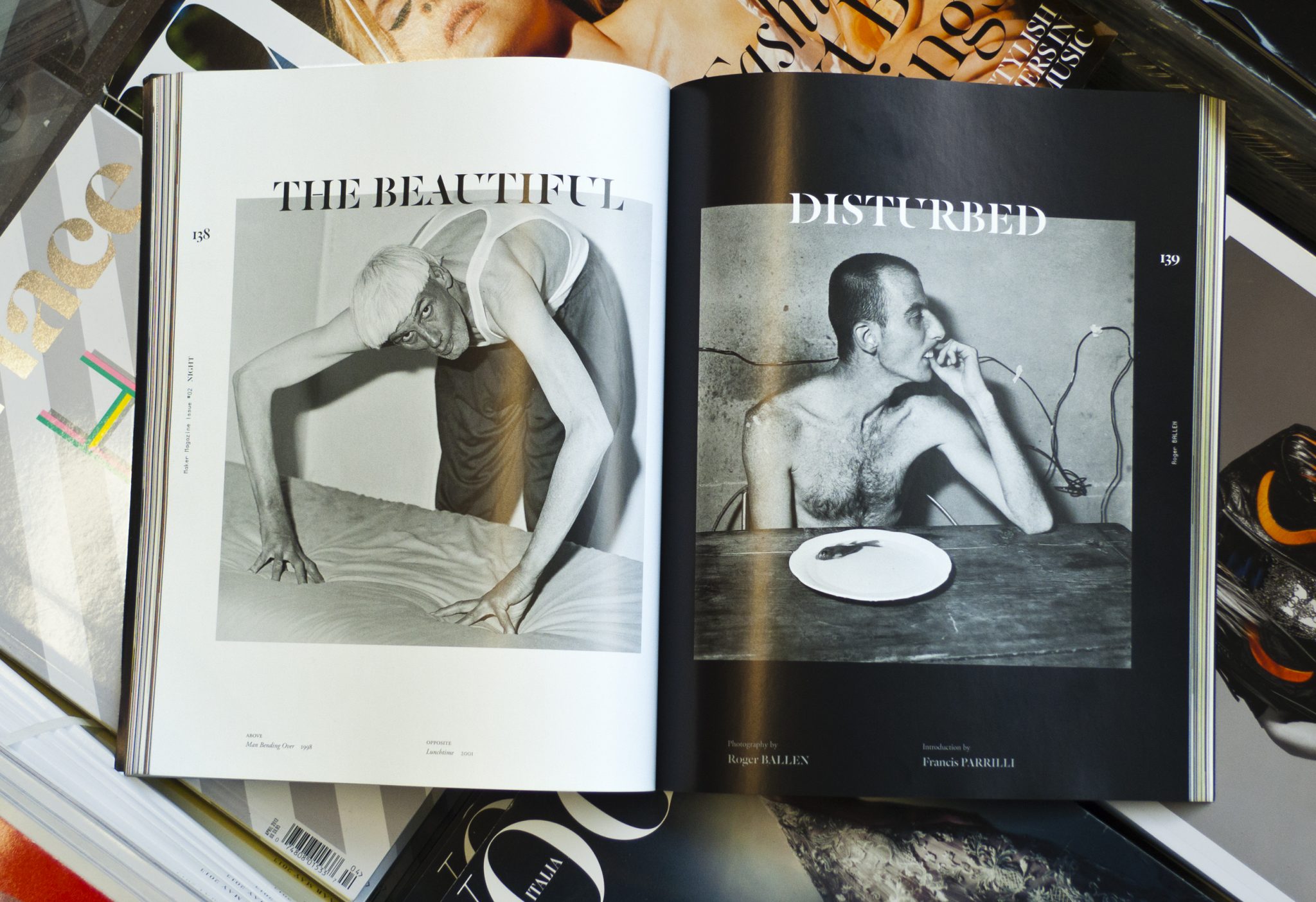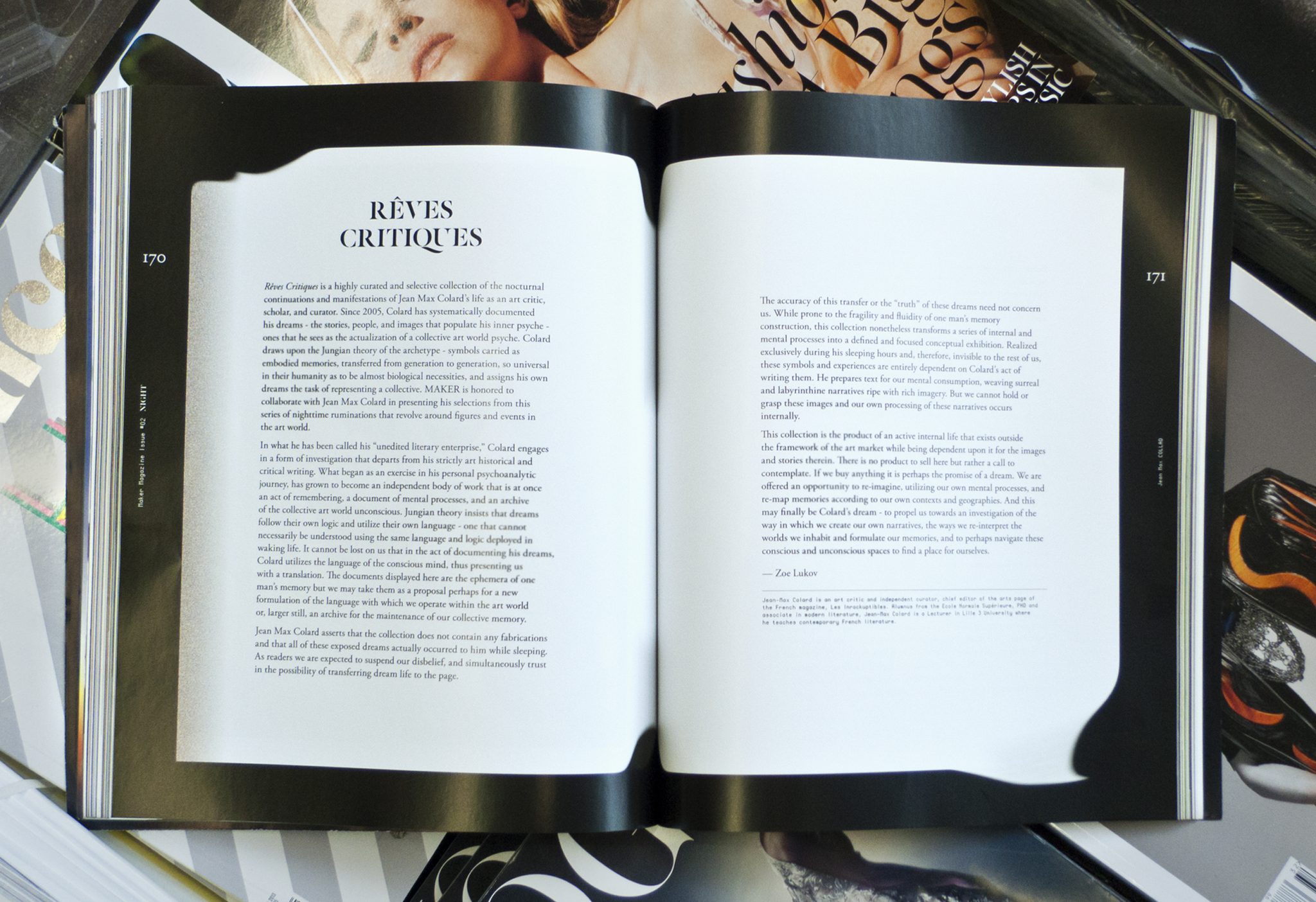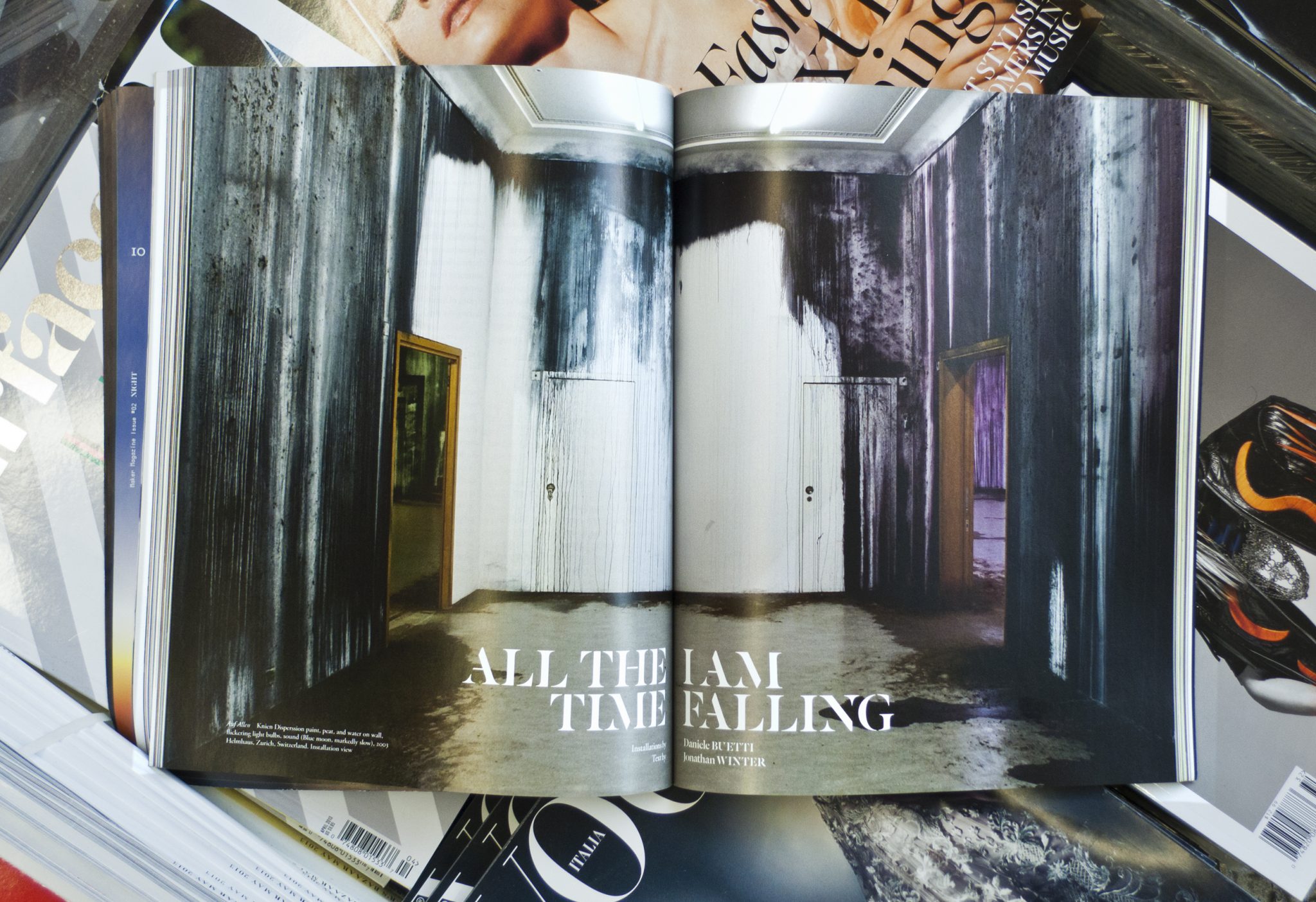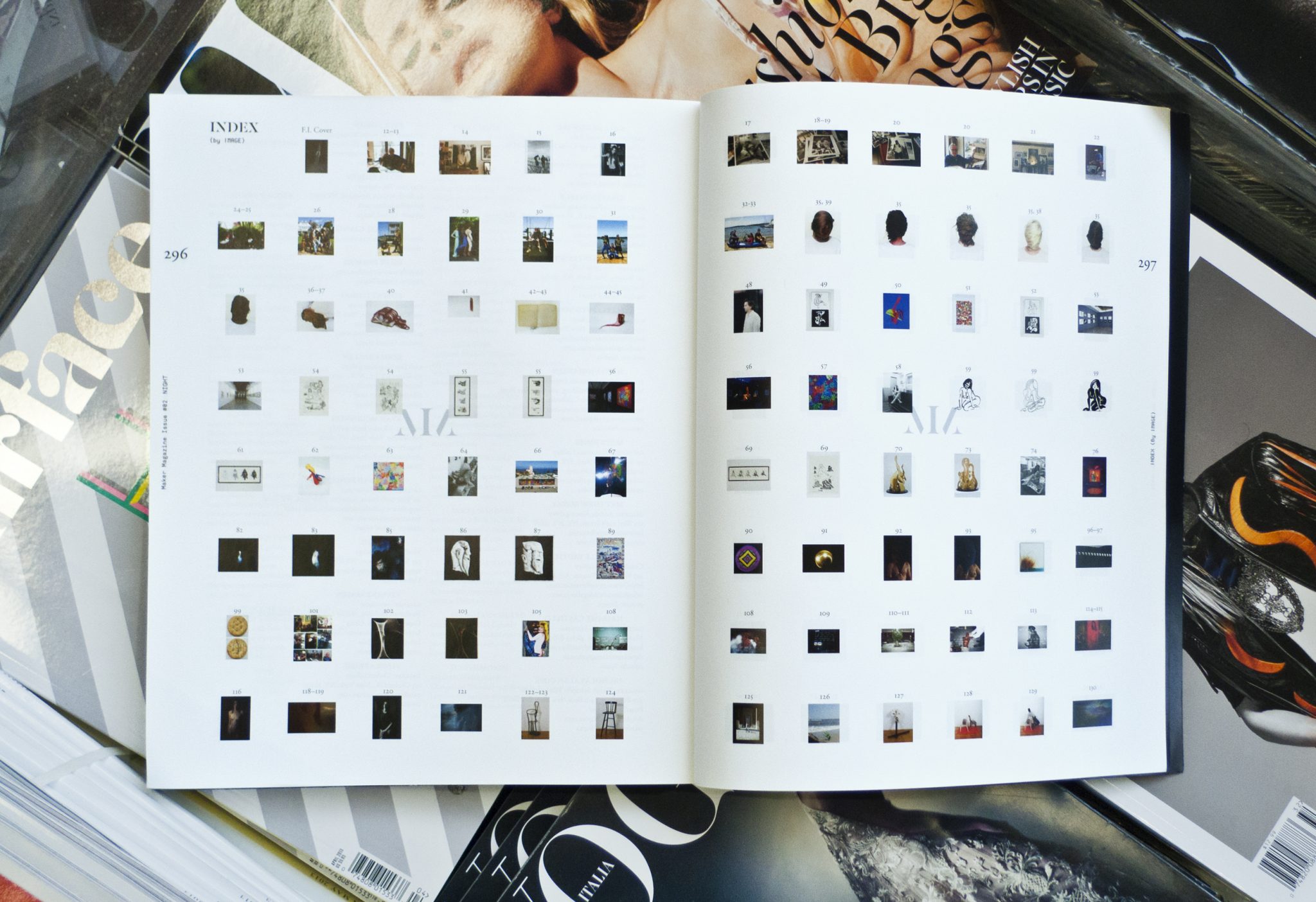Categories for Publication
After Belonging: Publication
From Sept. to Dec. 2016, After Belonging, the Oslo Architecture Triennale opened to the public, and concurrently this 400-page publication was launched as a catalog of the exhibition work, and extending the curatorial ideas with specially commissioned long essays by prominent architectural academics and theorists.
The publication spans written and visual work from the triennale’s two overarching categories: On Residence, and In Residence. On Residence includes original essays and curated and commissioned projects that were part of the On Residence exhibition. In Residence includes the 10 original site reports and projects commissioned for 10 global sites, and also 5 original site-specific projects, all of which were part of the In Residence exhibition.
The design of the book color-codes the sections, but interweaves the concepts to promote overlapping ideas.
More info about the publication on the Lars Mueller Publisher’s Site
High Line Art Brochure
Future Scenarios
Tech giant Samsung sponsored a studio at RISD under the theme of the future of industrial design. This project united Samsung with graduate students from both the Digital Media and Industrial Design departments in a class called “Future Scenarios”. After the semester we were asked to create a publication to archive all of the work done in class.
Rather than focus on possible future products, RISD approached the class as an opportunity to raise questions about the relationship between people, technology and industrial design and, more specifically, how industrial design might change how people are in a more fundamental way. The idea behind “Future Scenarios” was also to explore the unintended consequences and new social scenarios that might emerge through new forms of design.
The challenge we faced was how to pull together all the various student work and voices into a clear, coherent, and meaningful archive to present to Samsung after the class concluded. Students had created ten video vignettes exploring possible future scenarios and generated hundreds of open-ended, provocative questions relating to those videos, ranging from humorous to poignant to foreboding.
We decided to use these engaging questions as the core of the project because they seemed to explain the students’ videos without offering any concrete answers. Consequently, we created a book where each spread featured a video still along with a student question generated from that same video. The reader would not have to start from the beginning of the book, and instead could open the book at any point and experience a randomized, non-linear interaction with student ideas surrounding the common theme of “future scenarios”.
The reader will also notice a tight organizational scheme for the book. It has four thematic sections, each with a table of contents and divided into chapters that then are organized consistently throughout. Each chapter opening features an original design incorporating black, red, white, and blue, which is a merging of the colors of the flags of South Korea and the United States. (The logo we designed for the book, visible on the cover and spine, is also a merging of the RISD and Samsung identities.)
In addition, certain elements to this tangible print book link the reader to various online resources. We provide access to student videos in full online by including corresponding QR codes. We also created an online question generator that creates even more questions pertaining to “future scenarios” through a computer program that randomizes words from the original student questions, suggesting an infinite source of questions and a technologically driven interplay between absurdity and originality. The blue pages of each chapter opener feature sample website-generated questions.
By reading and interacting with the print book, we hope that the reader gets a sense of the expanse of student ideas during the class and the spirit of inquiry and curiosity that drove them. The print book is available on-demand through Amazon.
Maker Magazine
Complete re-design, with new logotype, typographic system and grid for the second issue (Winter 2013) of MAKER Magazine, a biannual art and fashion showcase.
